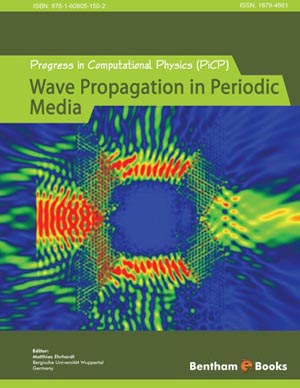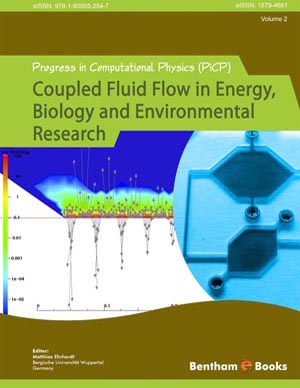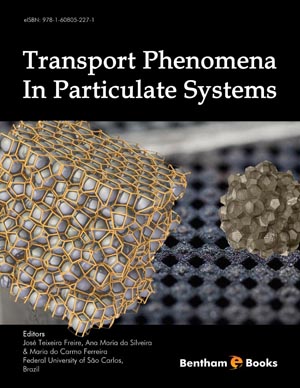Abstract
Laminar drag reduction, which occurs through apparent fluid slip, was shown for Newtonian liquids flow in a pipeline system with a highly water-repellent wall pipe by measuring the pressure drop and the velocity profile. The same hydrophobic pipe was also used in experiment for a circular pipe flow, shown in Fig. 4 in Chapter 1. It is 14% in the drag reduction ratio for 12 mm diameter pipe. The friction factor formula for a pipe with fluid slip at the wall was derived analytically using the Navier-Stokes equation and Navier’s hypothesis for fluid slip of the boundary condition. The result obtained using the friction factor formula agrees well qualitatively with the experimental data. It was experimentally clarified that the relation between the slip velocity and the wall shear stress is a substantially linear relation. Because the sliding constant is given by the gradient of an approximated straight line from Navier’s hypothesis, the comparisons between the experimental data and the analytical result are quantitatively enabled by substituting the value for the friction factor formula. Measurement result of the velocity profile shows the occurrence of slip velocity at the wall, and the cause of slip is discussed It can be considered that the micro bubble has no effect for the slip velocity since this flow system size is order of 10mm. Experimental result of surfactant solutions without the laminar drag reduction suggests the existence of air-liquid interface at the wall.
Keywords: Drag reduction, laminar flow, pipe flow, Newtonian fluid, pressure drop, friction factor, velocity profile, highly water-repellent wall, fluid slip, slip velocity, sliding constant, wall shear stress, degassing solutions.













